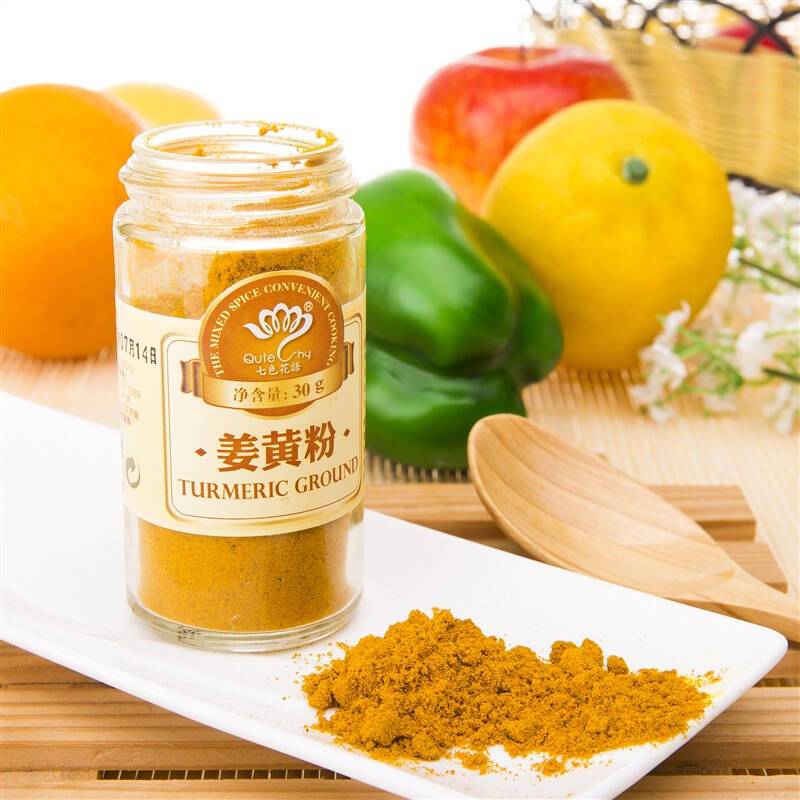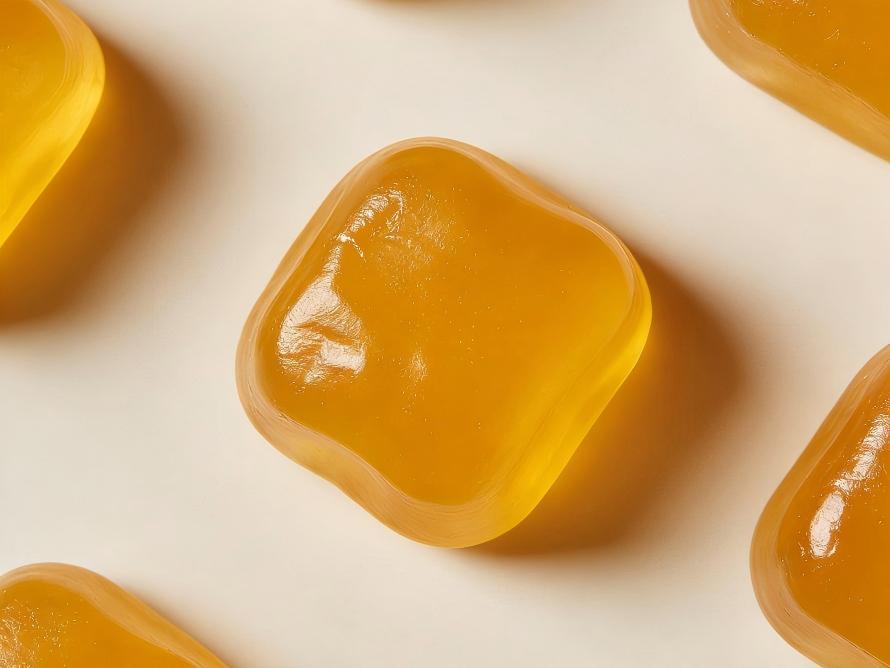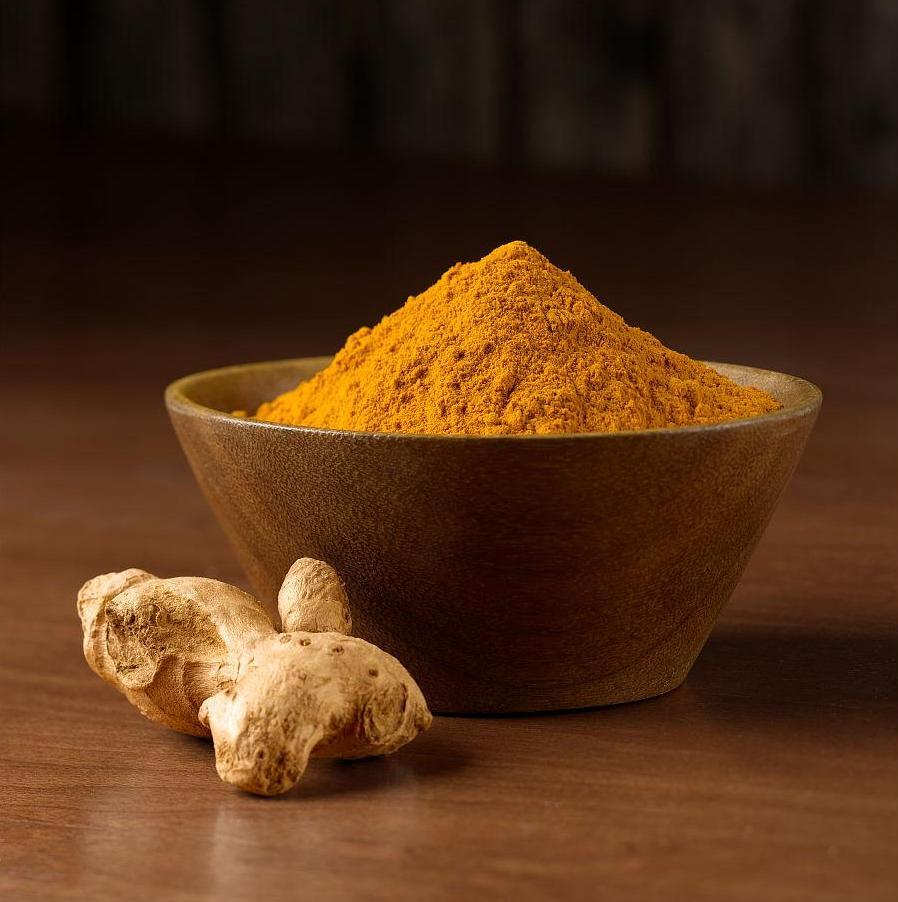Highly Stable Curcumin Ingredient Achieves Coloration Across the Entire pH Range
As the food and beverage industry accelerates its shift toward clean labels, a long-standing technical challenge remains a critical bottleneck hindering innovation—the stability of natural pigments across varying pH environments. From lemon-flavored carbonated drinks at pH 2.8 to artisanal ramen at pH 8.5, the modern food industry's diverse product matrix spans a complete pH spectrum. Yet most natural pigments can only cover a limited “comfort zone” within this spectrum.
The industry faces stark realities:
· Fading in acidic beverages: Conventional curcumin exhibits 40-60% color decay within 30 days at pH < 4.0, directly causing “color separation” in many functional drinks during shelf life.
· Precipitation in neutral dairy products: In dairy systems (pH 6.5-7.0), incompatibility between pigments and proteins often triggers precipitation and stratification.
· Degradation challenges in alkaline foods: In processing environments of alkaline foods like noodles and steamed buns (pH 8.0-9.0), curcumin's active groups are prone to alkaline hydrolysis
Commercial impacts from chain reactions:
Industry research indicates that over 65% of food companies attempting natural curcumin use have encountered the following issues due to insufficient pH adaptability:
· Product development cycles extended by 30-45 days
· Average formula adjustments increased by 5-8 iterations
· Yield losses due to color stability issues reached 7-12%
· Market return rates rose by 3-5 percentage points due to “appearance changes”
Green Spring Technology's Breakthrough Solution: Redefining Stability Boundaries
Facing this shared industry challenge, Green Spring Technology chose neither compromise nor avoidance. Instead, we pursued systematic innovation rooted in fundamental scientific principles:
Our Core Conceptual Breakthrough:
Traditional approaches typically aim to “maintain molecular stability across a wide pH range.” We adopted a novel technical pathway—enabling pigment molecules to “intelligently adapt to environmental changes.” This paradigm shift fundamentally revolutionized our technical implementation.

I. Technical Breakdown: Establishing the Scientific Foundation for Full pH Stability
1. Molecular Engineering Innovation: Paradigm Shift from “Passive Tolerance” to “Active Adaptation”
Traditional approaches typically focus on enhancing the chemical stability of curcumin molecules themselves, attempting to make them ‘resist’ environmental changes. Green Spring Technology adopted a radically different technical philosophy—we enabled curcumin molecules to learn “intelligent adaptation” to different pH environments. This conceptual shift has driven three core technological breakthroughs:
Intelligent Response Molecular Structure Design
· Introduction of Environment-Sensitive Groups: pH-sensitive functional groups are incorporated at specific positions on the curcumin molecule. These groups act like “sensors,” detecting changes in environmental acidity or alkalinity.
· Self-Adaptive Conformational Adjustment: When pH changes, the molecule automatically adjusts its spatial conformation. This protects the active groups within the molecule while maintaining the stability of the chromophore.
· Charge balancing technology: Developed a dynamic charge regulation system enabling the molecule to maintain electrical neutrality across pH conditions, preventing aggregation and precipitation caused by charge accumulation
Key performance data validation:
· The molecularly engineered curcumin maintains ≥97.5% structural integrity across the entire pH range of 2–10
· Molecular conformation transition time <0.1 seconds, significantly faster than degradation rates of traditional molecules
· Charge balance maintained within the optimal range of -5mV to +5mV, preventing stability issues caused by electrostatic interactions
2. Multi-layer Delivery System: Establishing Precise Release Mechanisms
Beyond mere molecular stability, we developed an intelligent multi-layer delivery system to ensure curcumin's precise release within complex food matrices:
Three-layer Smart Protection Architecture
Protective Layer Core Function Technical Features Key Metrics
Outer Protective Layer Resists external environmental impacts pH-responsive polymer, thickness 50-80nm Automatically thickens by 30% at pH <4 or >8
Middle Buffer Layer Maintains internal stable environment Ion-exchange resin microspheres, particle size 100-150nm Maintains internal pH fluctuation <±0.3
Core Functional Layer Protects Active Ingredients Lipid-Polysaccharide Composite Carrier, Encapsulation Rate >99.2% Active Ingredient Retention Rate >96% in pH 2-10 Environments
3. Interface Engineering Optimization: Addressing Complex Food Matrix Compatibility
Foods are not single systems but complex, multi-phase coexisting systems. Through interface engineering innovations, we resolved curcumin dispersion stability across diverse food matrices:
Multi-Phase Compatibility Technology
· Oil-water interface regulation: Developed amphiphilic surface modifiers enabling stable curcumin particle presence at both oil and aqueous interfaces
· Protein-pigment interaction optimization: Designed charge matching and steric hindrance strategies to prevent unfavorable complexes with milk proteins, soy proteins, etc.
· Polysaccharide network adaptation: Tailored dispersion stabilization solutions for common thickeners like pectin and carrageenan
Through this systematic innovation journey from molecular design to production validation, Green Spring Technology has not only achieved breakthrough stability for curcumin across the entire pH spectrum but, more importantly, established a replicable, verifiable, and sustainable technological framework. This provides a robust technical foundation for innovation in the food and beverage industry, liberating product developers from pH constraints and truly enabling “formulation freedom.”
II. Practical Applications: How Full-pH Stability Redefines Product Innovation Boundaries
1. Acidic Beverage Sector: Breaking the “pH 3.0 Curse”
Traditional acidic beverages (pH 2.8-3.8) have long been off-limits for natural pigments. Green Spring Technology's full pH stability technology has completely transformed this landscape.
Breakthrough Application in Carbonated Beverages
· Technical Adaptation Solution: Utilizes acid-environment smart activation technology, where pigments automatically initiate a protective mechanism at pH < 4.0
· Key Performance Metrics:
· In lemon-flavored carbonated beverages at pH 3.2, color retention rate exceeds 94% after 6 months shelf life
· Accelerated testing at 40°C shows ΔE color difference <1.8 within 90 days, significantly outperforming industry standards (ΔE<5.0)
· 100% compatibility with carbon dioxide systems, no impact on foam stability
· Commercial Outcomes:
· Enabled an international brand to launch “Golden Ginger Lemon Soda,” achieving over 5 million bottles sold in its first quarter
· Maintained 12-month color stability in transparent PET bottles, reducing return rates to 0.3%

2. Neutral Dairy Applications: Solving Protein-Pigment Interaction Challenges
Dairy products in neutral environments (pH 6.5-7.2) demand exceptional pigment compatibility—our technology achieves breakthrough progress.
Breakthroughs in Plant-Based Protein Beverages
· Technical Adaptation: Developed tailored solutions for diverse plant proteins (soy, almond, oat)
· Application Results:
· No sedimentation or separation in oat milk at pH 7.0 for 30 days, with color stability ΔE < 2.0
· Synergizes with plant protein thermal stability, retaining >92% active components after 121°C UHT processing
· Industry Impact: Drives plant-based beverages from “basic nutrition” to “functionally fortified” upgrades
3. Alkaline Food Development: Overcoming Stability Challenges in High-pH Environments
Alkaline foods (pH 8.0-9.0) have long lacked effective natural coloring solutions—our technology fills this gap.
Innovative Applications in Pasta Products
· Technical Solution: Alkaline-environment controlled-release technology tailored to noodle processing requirements
· Key Breakthroughs:
· >90% color retention after 8-minute boiling in pH 8.5 ramen noodles
· Resolves uneven pigment distribution in traditional alkaline dough, achieving batch-to-batch color variation CV < 1.5%
· Commercial Value: A premium noodle brand launched “Golden Nutrition Noodles,” commanding a 40% premium in high-end retail channels while remaining in short supply
Expanded Applications in Baked Goods
· Technical Features: Dual-protection technology for high-temperature and alkaline resistance
· Application Results:
· In soda crackers at pH 8.2, color uniformity reaches 96% after baking at 230°C
· Excellent compatibility with leavening agents like sodium bicarbonate, without compromising product fluffiness
· Production efficiency: User feedback shows product pass rate increased from 88% to 97%
Through successful implementation across these diverse applications, Green Spring Technology's full pH stability technology not only demonstrates its technical advancement but, more importantly, showcases its tangible commercial value to the food industry. From acidic beverages to alkaline foods, and from traditional categories to innovative concepts, this technology is redefining the boundaries of product development.

III. Partnering Journey
Sample Requests & Technical Support:
· Contact: Helen Zhang
· Phone/WhatsApp: +86 136 4924 3917
· Email: helen@greenspringbio.com
Sample Commitment:
· Sample Requests: Confirmed within 24 hours, shipped within 3 business days
· Technical Consultation: Simple inquiries answered within 4 hours; complex issues receive solution frameworks within 24 hours
· On-site Support Requests: Engineers arranged within 48 hours
Reference:
[1] JAFARI S M, MCCLEMENTS D J. Nanotechnology approaches for increasing nutrient bioavailability[J]. Adv Food Nutr Res, 2017, 81: 1-30.
[2] SHIH F Y, SU I J, CHU L L, et al. Development of pectin- type B gelatin polyelectrolyte complex for curcumin delivery in anticancer therapy[J]. International Journal of Molecular Sciences, 2018, 19(11): 3625.
-
Prev
Compliant & Consistent: Your Reliable Source for Curcumin Raw Materials
-
Next
No More Fading: Next-Gen Chelation Technology Assures Lasting Gardenia Blue Color


 English
English French
French Spanish
Spanish Russian
Russian Korean
Korean Japanese
Japanese




